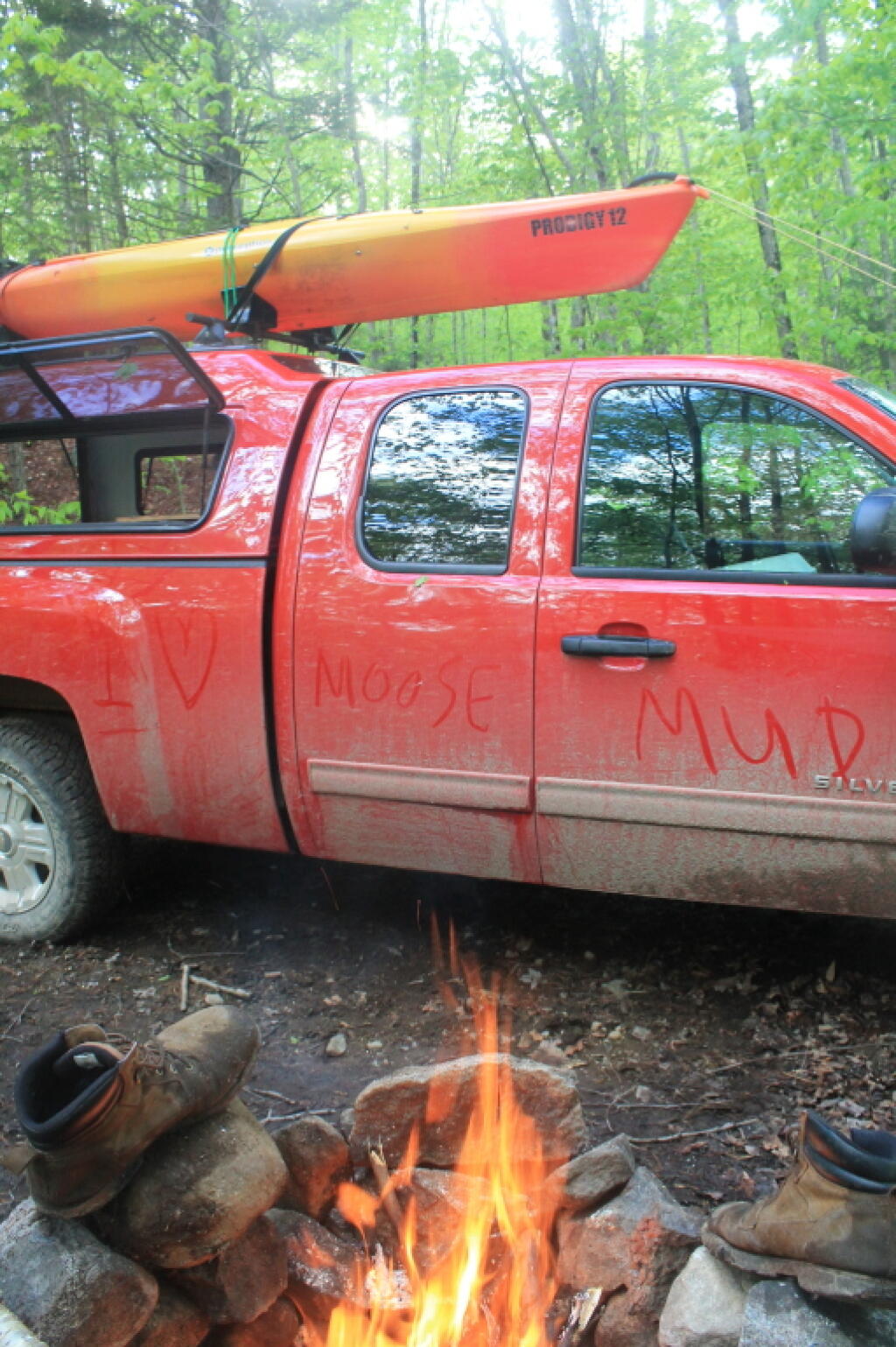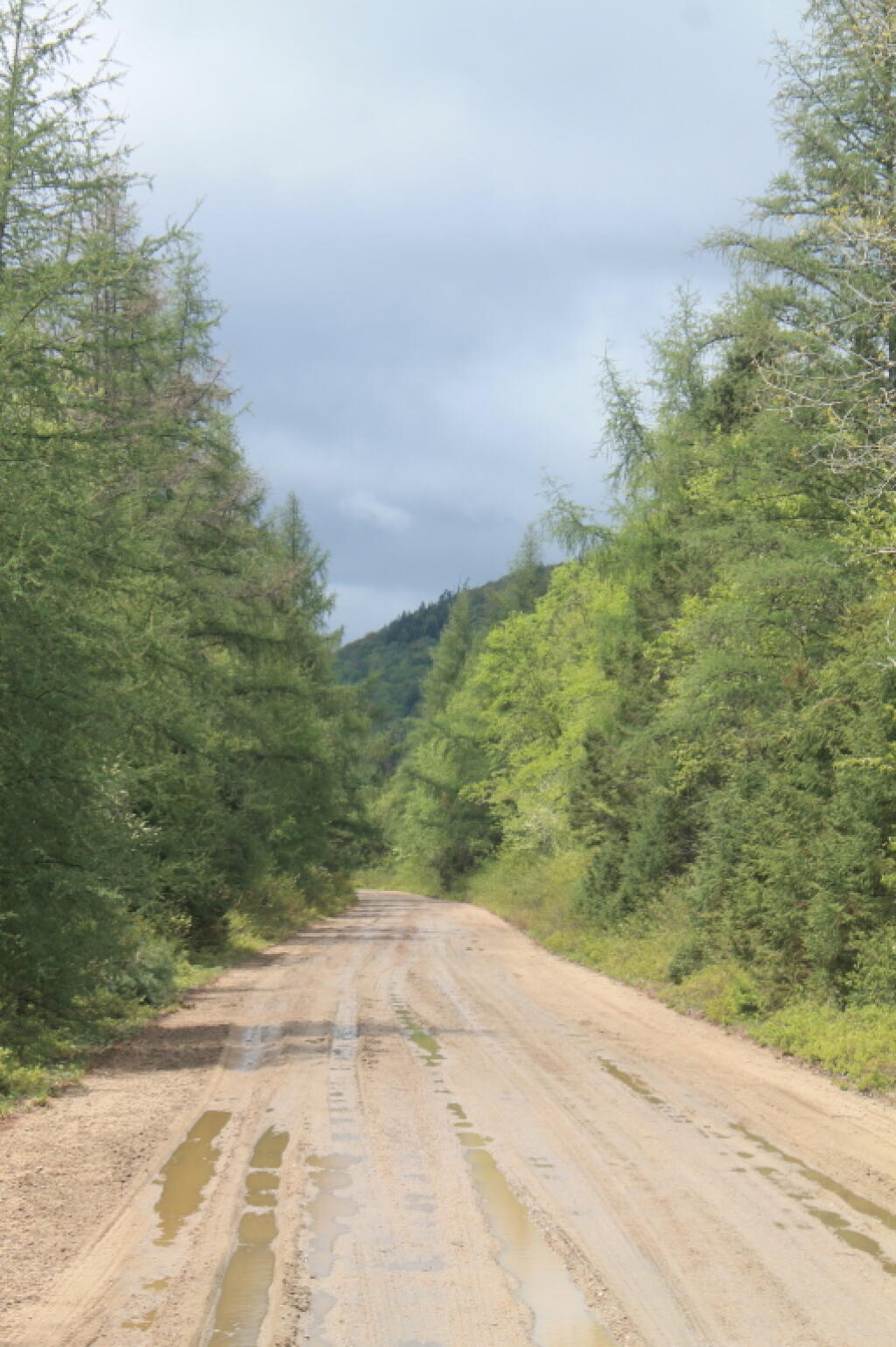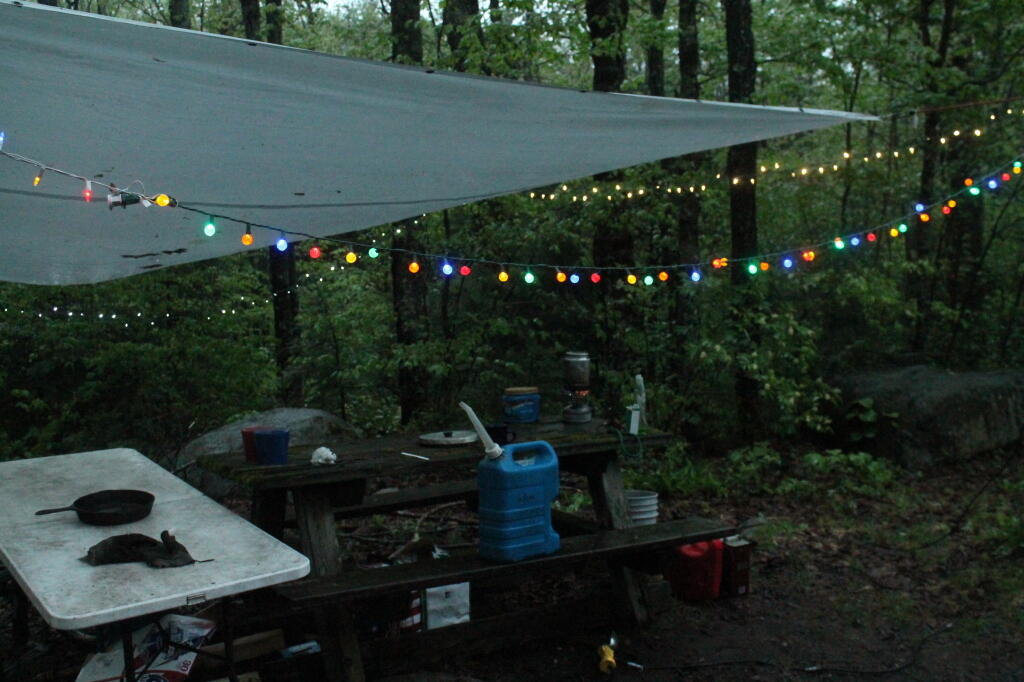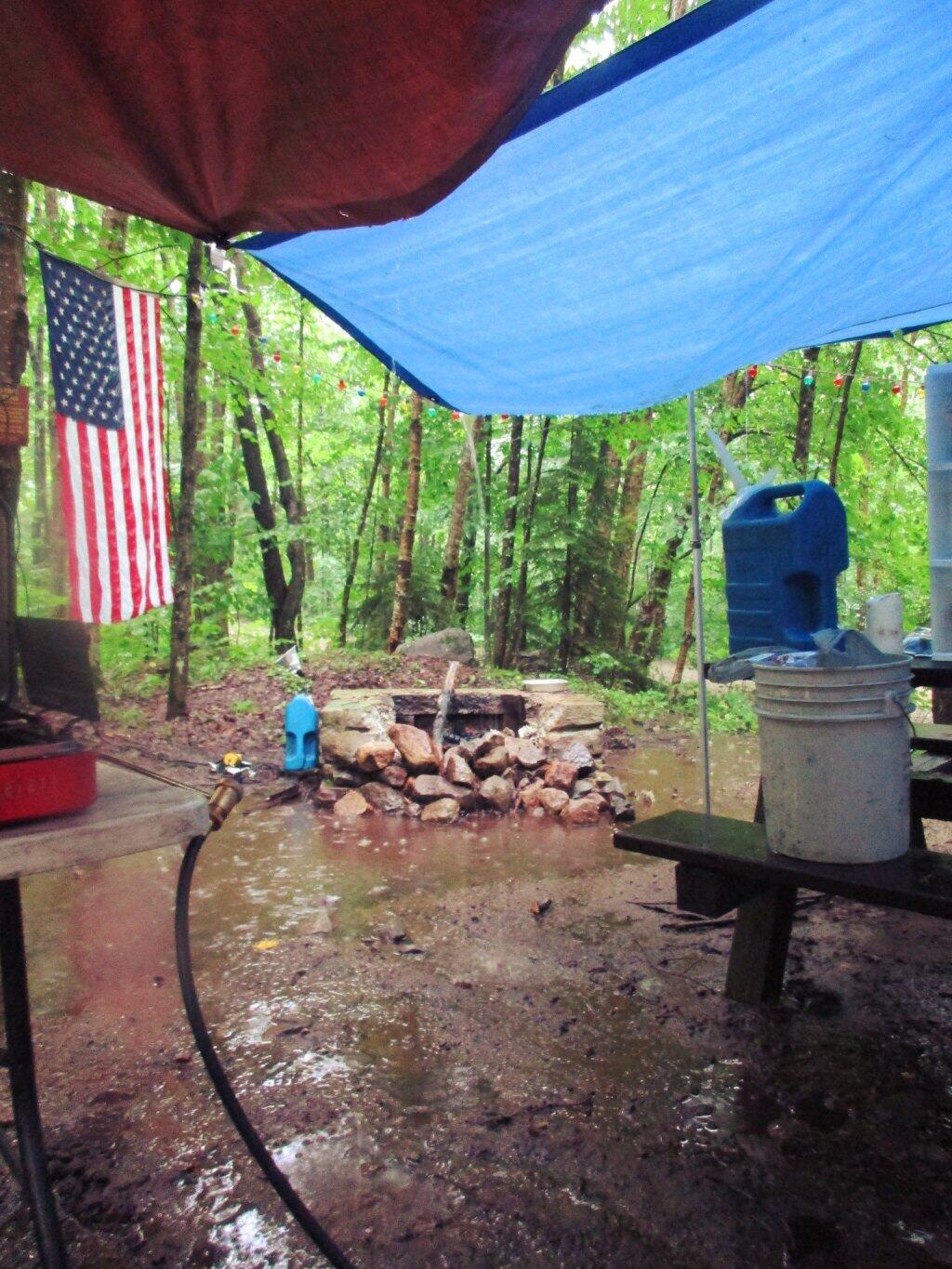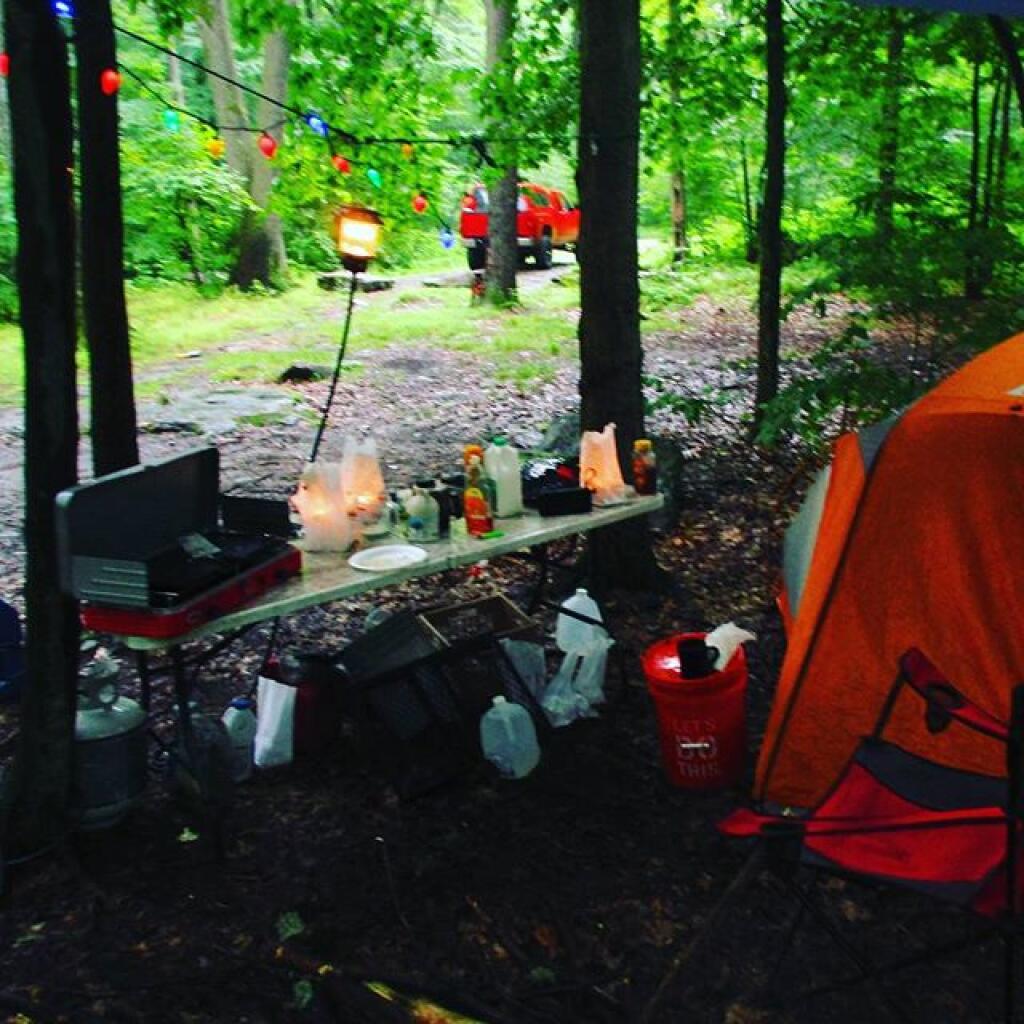Trump Promotes Injecting Bleach — Here’s What That Does to Your Body – Rolling Stone
Dr. Peter Chai is an assistant professor in the Emergency Medicine Division of Medical Toxicology at Brigham and Women’s Hospital in Boston. He says that most of the time, when he sees people injecting bleach, it’s usually IV drug users, due to an urban legend that it can clean your blood of impurities after you use heroin and methamphetamine. He says that when people have done this, the side effects are absolutely horrifying.
“Bleach is a caustic agent. It’s the opposite of an acid, because it’s more alkaline. It breaks stuff apart, which is why it works to clean surfaces,” he says. “So when you think about injecting into your veins, it’ll break things apart in your blood.” That usually results in hemolysis, or the red blood cells that carry oxygen in your body breaking apart, so oxygen can’t be carried into your vital organs. This can result in blood clots, liver injury, or most frequently, kidney injury or failure, which could be bad enough that it could be permanent and require dialysis.
So I am chewing about hammock camping tomorrow night
So I am chewing about hammock camping tomorrow night. Might be kind of chilly or wet by morning, which is my only concern, but I do like the idea of dressing warm, pitching a hammock and spending a nice night in the wilderness.
Cold, Wet and Muddy
Mobile Homes, Percentage Of Homes
This interactive Google Map looks at the percentage of homes in each Census Tract that are Mobile Homes. Generally, mobile homes are more common in rural parts of the state, but not always. Generally mobile homes are in lower-income parts of the state, but that also is a correlation but not a rule.
Data Source: American Community Survey, Demographic and Housing Estimates (2016 ACS, DP05). https://factfinder.census.gov/faces/tableservices/jsf/pages/productview.xhtml?pid=ACS_16_5YR_DP05&src=pt
NPR
Cubicle culture has gone dark. Open floor plans stand empty.
Offices around the world are shut during the pandemic, making work from home the new normal for millions of white-collar employees.
In the United States, remote work is still being encouraged under guidelines outlined by the federal government.
NPR
As the COVID-19 crisis took hold and schools in Lockhart, Texas, had to close and shift to remote learning, the school district quickly conducted a needs assessment.
They found that half of their 6,000 students have no high-speed Internet at home. And despite being a short drive south of Austin, a third of all the students and staff live in "dead zones," where Internet and cell service aren't even available.
None of this was surprising to Mark Estrada, superintendent at the Lockhart Independent School District.
"Students who have been historically underserved just continue to have that fate as technology becomes a bigger part of educational practices," Estrada says.
